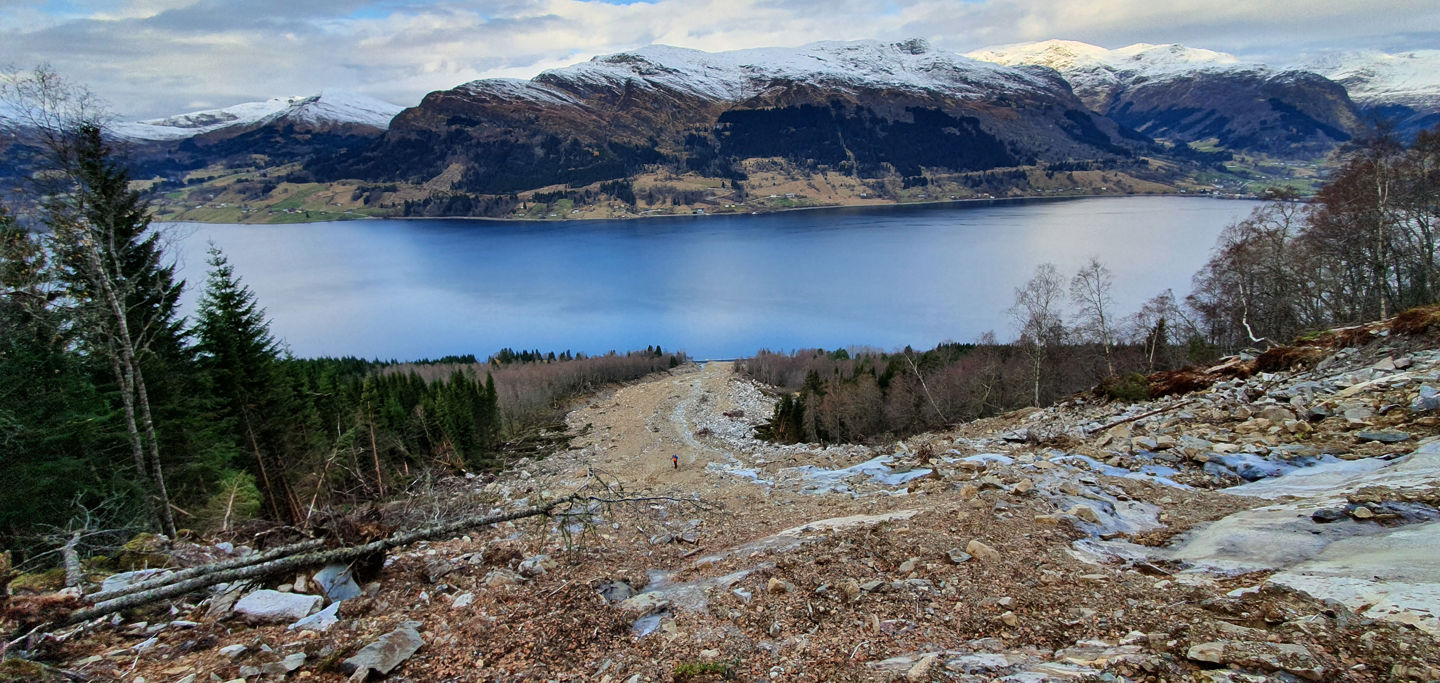WP 2

Hazards and Risk
WP2 Lead: NGI
Main contact person: Graham Gilbert: graham.gilbert@ngi.no
Main objective:
Improve hazard identification and interdisciplinary risk assessment for Nordic linear infrastructure networks and establish how hazard and risk profiles will change under future climatic and societal conditions.
Natural hazards can have devastating impacts on society, affecting population, economy, industry and the natural environment. Nordic infrastructure networks traverse geotechnically challenging terrain and are exposed to hazards, including landslides, snow avalanches, and floods. Ice storms, variations in precipitation, high winds, snow loads, freezing rain, drought, heat waves, and other forms of inclement weather have the potential to devastate infrastructure networks at larger spatial scales. Identification of hazards and risk along linear infrastructure networks is critical to ensuring functionality during adverse conditions and extreme events, and to safeguarding societal security.
Research questions include:
What are the natural hazards and inclement weather conditions most likely to disrupt linear infrastructure networks in the Nordic region?
NordicLink hypothesises that the significance of factors varies for different regions. Research activitieswill focus on identifying the most influential factors contributing to the prediction.
How will future climate projections impact the risk profile of linear infrastructure networks, what factors and sources of information can be used to reduce uncertainty?
NordicLink hypothesises that climate-change induced natural hazards will increase in frequency in the future, with greater consequences for Nordic society. Research activities will focus on improving understanding of how extreme weather events influence geohazard regimes in current and future climate.
Where are infrastructure networks most vulnerable to climate change induced natural hazards?
Research activities will incorporate the results of RQ1 and RQ2, involving infrastructure stakeholders and government agencies to identify and characterize case-study regions for use in RQ4 and RQ5. NordicLink will base the analysis on large multi-model ensembles of global climate models and different types of downscaling to provide realistic ranges for climatic variables.